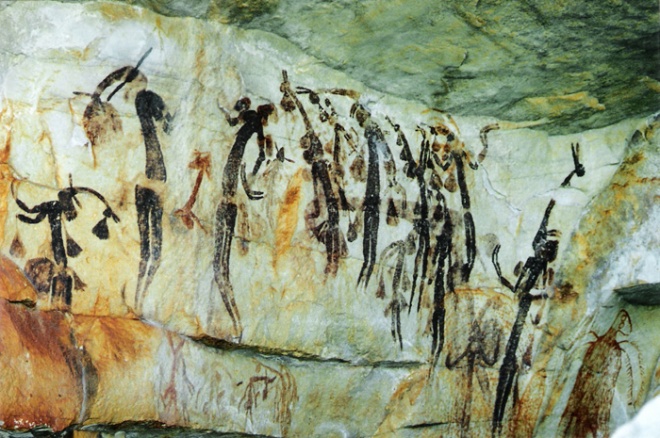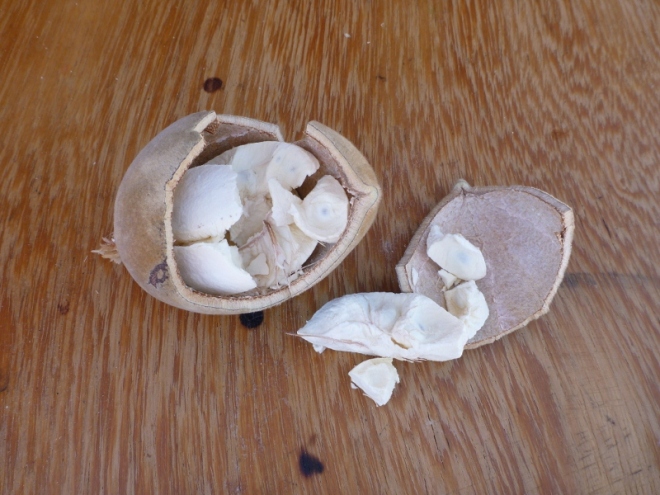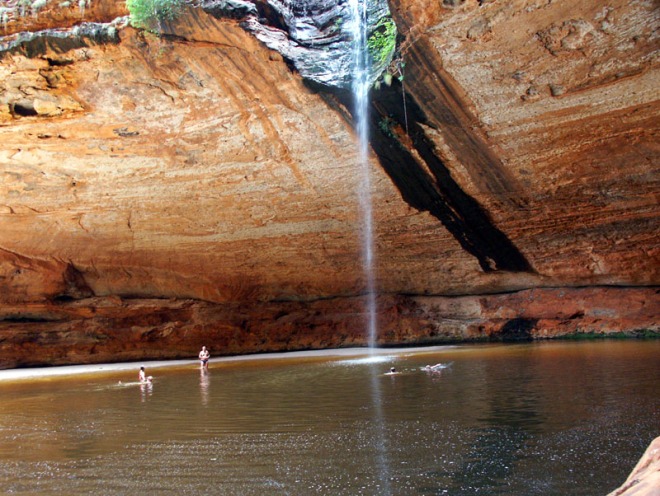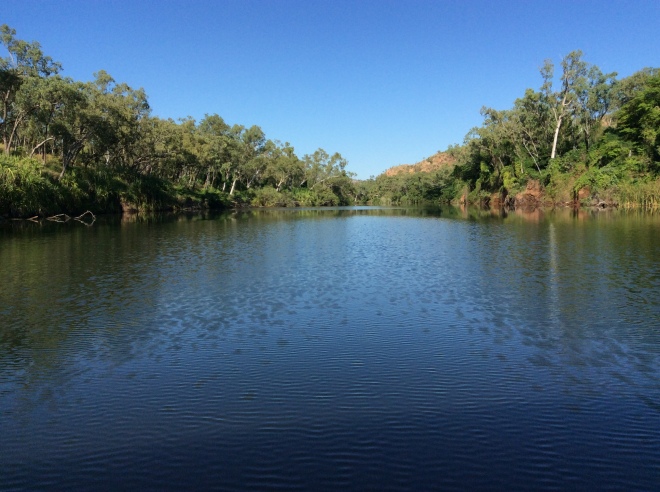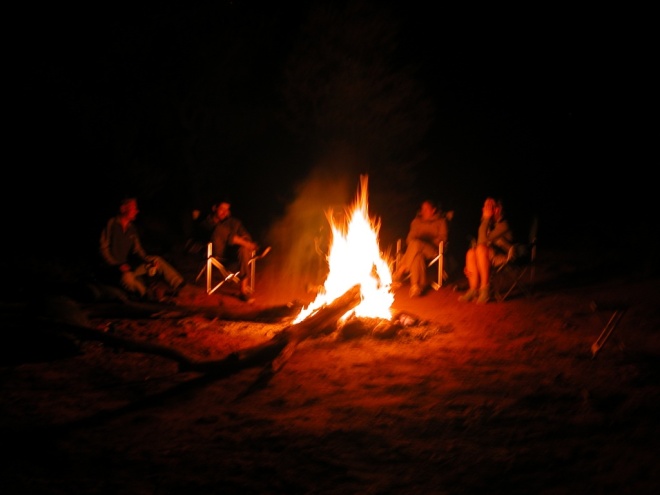Bangkok, 19 October 2015
One of the interesting side-effects of living in Bangkok is that I can carry out a comprehensive study of feet. The climate here is such that the wearing of open footwear is exceedingly widespread, so I can examine – surreptitiously, of course – a very large number of feet as I walk around, sit in public places, or – as was the case when I started this post – sit in buses stuck in Bangkok’s perennially dreadful traffic. Since so many foreigners come to Bangkok, the study is very cross-cultural: I study not only the feet of the Thai, but also – judging from the shards of phrases I overhear as the foreigners walk by – Australians, Europeans of all stripes, North Americans, some Latin Americans, quite a number of Middle Easterners, a sprinkling of Africans, and of course Asians from every corner of Asia. I am now ready to report back on the findings of my study.
Let us first set the benchmark against which I can compare the feet I see. This would be a foot in its natural state, that is to say a foot that is perennially shoeless. This photo, which I’ve used before, gives an excellent example. What we have here is a band of Amazonian Indians who are coming into contact with the modern world for the first time. Their astonished and somewhat fearful faces upturned towards the helicopter (I guess) are fascinating, but I would invite the reader to focus on their feet, feet which have never been shod.

As the readers will quickly agree, these feet are in the state that most human feet have been in for 99.99% of the time we have inhabited this planet.
I throw in here an older photo, taken – no doubt by some amateur anthropologist – to deliberately show a natural foot. And of course it has to be an old photo, because wearing shoes is probably now the norm rather than the exception. Finding a foot nowadays which has never been shod must indeed be hard.

Note the way the toes in the natural foot, especially the big toe, are splayed out. A minute’s thought will show that of course this is the way it should be. By spreading out like that, toes are giving the foot a wider footprint and therefore making it easier for the person on top of those feet to balance.
In this photo of a baby’s feet, the reader will notice that they naturally take this splayed form

Only later, through imprisonment in shoes, do the toes come closer together

sometimes too close together.

I am reminded of TS Eliot’s poem Animula, which tracks the evolution of a person’s soul from birth to adulthood, but which actually describes very well the fate of our feet: “‘Issues from the hand of God, the simple soul’ …Issues from the hand of time, the simple soul … misshapen, lame, unable to fare forward …”.
But back to the matter in hand. Having set the benchmark, I can now report the results of my pseudo-sociological field experiment in the streets and other public spaces of Bangkok.
Generally speaking, the feet of Thai people look in considerably better shape than those of foreigners from “civilized” countries. A good number have quite splayed toes, fruit no doubt of hardly ever wearing shoes at home. In fact, it’s quite common to see their little toes falling off their flip-flops or sandals. Clearly, the basic “chassis design”, if I can put it that way, adopted by shoe manufacturers simply ignores the natural form of the foot with splayed toes. Shoe manufacturers take as their starting point an already somewhat malformed foot. Well they would, wouldn’t they? After all, it is their products which have malformed out feet in the first place. Other Thais have moderately straightened toes, fruit of some level of constriction by shoes.

I detect a social element here. It is clear from their dress and occupation that the Thai owners of feet whose toes are splayed come from the poorer strata of society, while those with feet with straight toes come from the richer ones. And I also detect a gender element. Young Thai women show more evidence of constricted toes than do the men. I will come back to this in a minute.
As for the feet of the foreigners, those of people from more developed, richer, more “civilized” countries show toes much more tightly squeezed together

along with more extreme signs of foot distress: bunions

hammer toes

calluses and corns.
Like in the case of the Thai, women’s feet seem more malformed than men’s. Which gets us of course to the cause of all these foot problems: canons of accepted (feminine) beauty.
Let’s face it, for hundreds if not thousands of years, there has been this insidious idea that those members of society who are more civilized, more refined – and richer – have delicate (for women) or well proportioned (for men) limbs and features. Hands, of course, have always been a particular object of this odious social creed, because having big hands, and especially having big fingers, meant that you were poor and so did a lot of manual labour.

If you were rich, on the other hand, you could pay people to do your manual labour for you, leaving your hands and fingers slim.

With feet, it must have been a little different. Like grand clothes, the fact that you wore shoes showed that you had money to burn, not like that bum on the street who had to run around in his bare feet all day. And of course, slim, petite, shoes (that is to say, narrow, horribly constricting, shoes) showed (or pretended to show, since your feet were actually squashed into the shoe) that you had slim, petite, feet, not broad feet like that bum on the street etc.

This last pair of shoes, with their modest heels, allows me to segue smoothly into that terrible habit of wearing high-heeled shoes. As we all know, it’s mostly women who wear them, but men do too, depending on the state of fashion. I am ready to reveal at this time that when I was young and foolish I went through a phase of wearing platform boots, one black pair and one brown, which looked like this.

Apart from feeling pretty cool as I walked around Uni, I found a most satisfying side-effect to be that I was taller. No doubt that’s one reason why women do this to their feet

which when you strip away the shoe looks like this.

Modest heels I could understand. I mean, I fell for them. But why subject yourself to the pain of excessively high heels, not only a pain that comes today but also a pain that dogs you for years to come? Because men still rule the world, and they like to see the accentuated swish in a woman’s gait caused by walking in high heels, or maybe they like the fact that her legs look longer, or that her feet look smaller, or her toes shorter, when wearing heels. Or maybe it makes women take smaller steps, to avoid falling over (my wife still remembers her father exhorting her to take small steps, because that was more ladylike and refined). Or maybe because it makes men feel strong to see women tottering around on heels, not able to walk very far before complaining of sore feet and needing help.
Fanciful? Perhaps. But consider this. For nearly one thousand years, from early in the Song dynasty, about 1000 AD, to the early 20th Century, many Chinese women were subjected to the unbearably painful process of foot binding. To appreciate the full horror of this practice, let me give the readers a quick summary of what girls were subjected to. The process was started when girls were between the ages of 4 and 9, that is, before the arches of their feet had had a chance to develop fully. First, after softening the feet and cutting back the toenails, the toes of each foot were curled under and then pressed with great force into the sole of the foot until – the – toes – broke. But it didn’t finish there. While the broken toes were held tightly against the sole of the foot, the arch of the foot was also broken so that the foot could be drawn down straight with the leg. So you basically smashed the little girl’s feet. Then you started the binding. The idea was to pull the ball of the foot ever closer to the heel, causing the broken foot to fold at the arch, and pressing the toes underneath the sole.
As the readers can imagine, a girl’s broken feet required a great deal of care and attention if she was not to die from this process; it is estimated that 10% of girls died from gangrene and other infections due to foot binding. So their feet were regularly unbound, they were washed, the toes unfolded and checked for injury, and the nails carefully trimmed. The broken feet were also kneaded to soften them and the soles of the girl’s feet beaten to make the joints and broken bones more flexible. Then the poor girl’s broken toes were folded back under and the feet rebound. Every time the feet were rebound, the bindings were pulled even tighter. The ideal was to end up with a “foot” no more than 10 cm long.
The Chinese are nothing if not eminently practical. Recognizing that mothers might well be too sympathetic to their daughters’ pain, it was generally an older female member of the family or a professional foot binder who carried all this out. Oh, and the process was usually started during the winter time since girls’ feet were more likely to be numb from the cold, and therefore the pain would not be as extreme. How nice of them.
This was the result:


Of course, no-one except the persons caring for the feet ever saw this. What they saw was this, these oh-so dainty little shoes.
 And why were Chinese women subjected to this horrible procedure for a thousand years? For beauty, of course. Men ruled China (they still do), and crazy as it might sound to the modern reader, men considered bound feet to enhance a woman’s beauty by making her movements more dainty and “ladylike”. As readers can imagine, it was difficult to walk on broken feet. Women with bound feet tended to walk predominantly on their heels. As a result, they walked with a cautious, unsteady gait, taking tiny, swaying steps. And, of course, that most important thing where women were concerned, well bound feet helped her parents contract a good marriage for her. It could also be that it was found to be an effective way of forcing women to be housebound and completely reliant on men. In this view, traditional societies forbid women from leaving the house; the Chinese simply broke their feet.
And why were Chinese women subjected to this horrible procedure for a thousand years? For beauty, of course. Men ruled China (they still do), and crazy as it might sound to the modern reader, men considered bound feet to enhance a woman’s beauty by making her movements more dainty and “ladylike”. As readers can imagine, it was difficult to walk on broken feet. Women with bound feet tended to walk predominantly on their heels. As a result, they walked with a cautious, unsteady gait, taking tiny, swaying steps. And, of course, that most important thing where women were concerned, well bound feet helped her parents contract a good marriage for her. It could also be that it was found to be an effective way of forcing women to be housebound and completely reliant on men. In this view, traditional societies forbid women from leaving the house; the Chinese simply broke their feet.
So what is the moral of all this? Look after your feet! Stop obsessing about narrow, dainty feet. Celebrate splayed toes. Go to the office in flip-flops and take off your shoes the moment you sit at your desk (which is what most Thais do). Put on sandals until the dead of winter; our feet can tolerate quite a lot of cold. Throw away all your high-heeled shoes. And if a man ever asks you to wear high heels, cut him mercilessly out of your life; he is clearly a swine.
_____________________
Amazonian Indian feet: http://birthdayshoes.com/media/blogs/bdayshoes/2013_Photos/.evocache/human_feet_look_like_if_you_never_wear_shoes.jpg/fit-640×540.jpg?mtime=1386261566 (in http://birthdayshoes.com/what-a-natural-human-foot-looks-like-if-you-never-wear-shoes)
Natural human feet: http://origin.ih.constantcontact.com/fs096/1102283092773/img/101.jpg?a=1102864935304 (in http://www.sukiebaxter.com/could-your-feet-be-the-source-of-that-pain-in-your-neck)
Baby feet: http://naturalrunningcenter.com/wp-content/uploads/2012/02/Screen-shot-2012-02-26-at-5.30.11-PM.png (in http://naturalrunningcenter.com/2012/02/27/enhancing-natural-pronation-control-feet-designed-that/
Feet with toes close: http://www.guide2health.net/wp-content/uploads/2012/08/bare-feet.jpg (in http://www.guide2health.net/2012/08/life-long-immunity-to-disease/bare-feet/)
Feet with toes too close: http://i.imgur.com/aURQcnm.jpg (in http://www.inquisitr.com/931111/lebron-james-feet-picture-of-stars-messed-up-toes-goes-viral/)
Thai girl’s feet: http://www.zeefashionstore.com/ProductImage/18391/1.jpg (in http://www.zeefashionstore.com/womenshoes.php?brand=79§ion=6)
White feet in flip-flops: http://blog.diagnosticfootspecialists.com/wp-content/uploads/2014/04/flip-flops.jpg (in http://blog.diagnosticfootspecialists.com/)
Bunions: https://upload.wikimedia.org/wikipedia/commons/c/ce/Hallux_Valgus-Aspect_pr%C3%A9_op_d%C3%A9charge.JPG (in https://en.wikipedia.org/wiki/Bunion)
Hammer toes: http://images.medicinenet.com/images/slideshow/diabetes_foot_problems_s13_hammertoes.jpg (in http://www.medicinenet.com/image-collection/hammertoes_picture/picture.htm)
Working hands: https://scpeanutgallery.files.wordpress.com/2015/02/working-hands.jpg (in http://scpeanutgallery.com/2015/02/04/morning-prayer-4-feb-heb-124-7-11-15-mk-61-6-get-a-grip/)
Slim hands: http://hoocher.com/Agnolo_Bronzino/Portrait_of_Lucrezia_Panciatichi_ca_1540.jpg (in http://hoocher.com/Agnolo_Bronzino/Agnolo_Bronzino.htm)
Woman’s shoes 1770: https://upload.wikimedia.org/wikipedia/commons/2/20/Woman’s_silk_brocade_shoes_1770s.jpg (in https://en.wikipedia.org/wiki/1775%E2%80%9395_in_Western_fashion)
Platform boots: http://img3.etsystatic.com/000/0/5381238/il_fullxfull.291560419.jpg (in http://galleryhip.com/platform-shoes-for-men.html)
High heels: http://www.glamour.com/images/fashion/2013/08/heels-w724.jpg (in http://www.glamour.com/fashion/blogs/dressed/2013/08/check-out-this-3d-scan-of-what)
Women in high heel position: http://www.tellwut.com/uploads/media/image/12607e1398914701o270.jpg (in http://katherincruikshank.blogas.lt/tag/hammer-toes)
Crushed bound foot: http://www.buzzfeed.com/hayleycampbell/lotus-feet#.vj027qN6E (in http://www.buzzfeed.com/hayleycampbell/lotus-feet#.eegdQJg3y0)
Chinese lady with bound feet: https://en.wikipedia.org/wiki/Foot_binding#/media/File:A_HIGH_CASTE_LADYS_DAINTY_LILY_FEET.jpg (in https://en.wikipedia.org/wiki/Foot_binding#Variation_in_practice)
Lotus shoes: http://www.top5ives.com/wp-content/uploads/2012/09/Lotus-Shoes.jpg (in http://www.top5ives.com/top-5-most-weird-shoes-in-history/)






















































